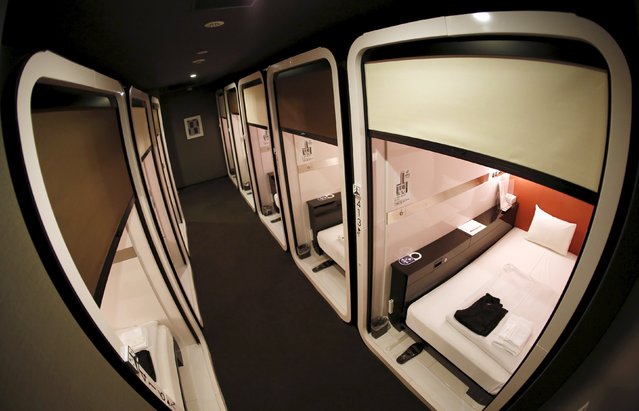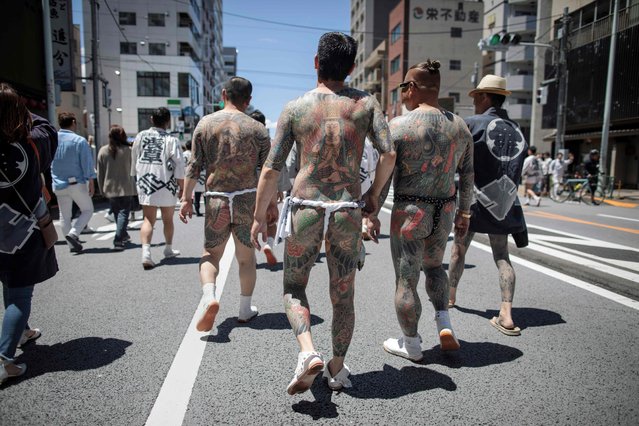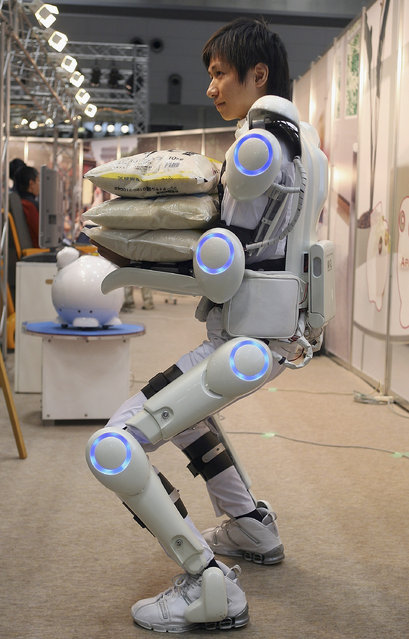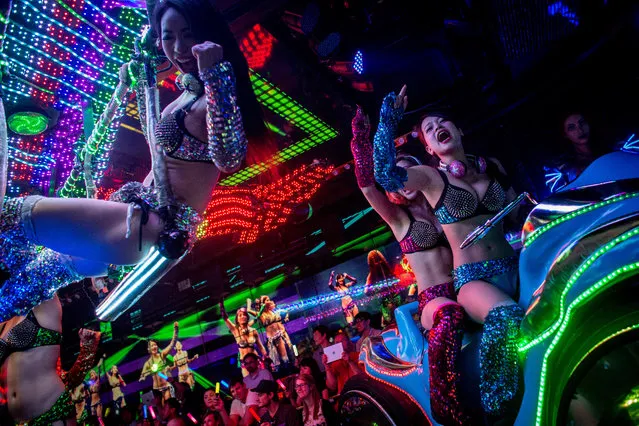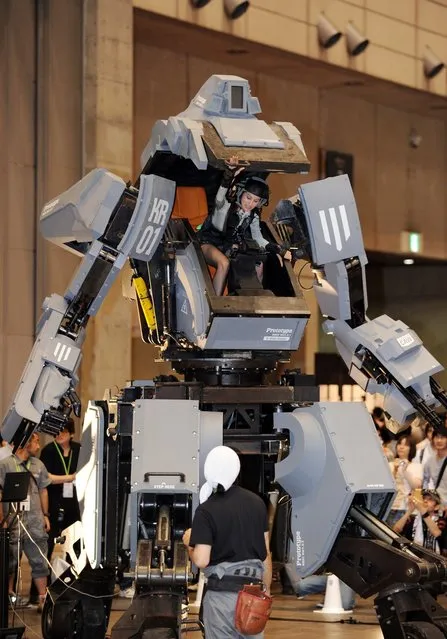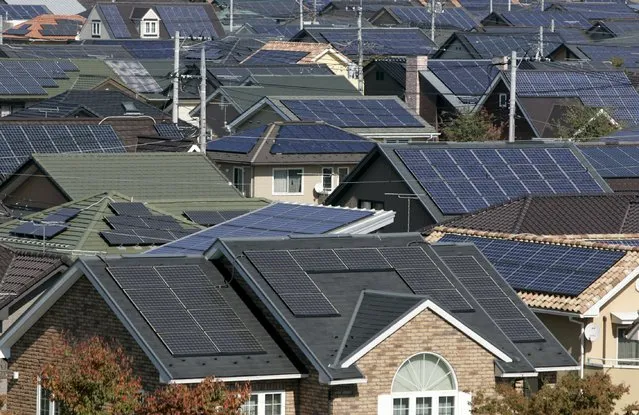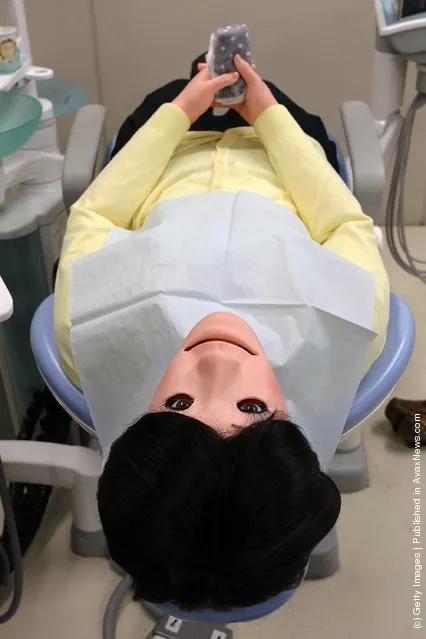
A humanoid dental patient robot, named Hanako Showa, about to be used during a demonstration of dental treatment at Showa University on March 25, 2010 in Tokyo, Japan. The robot was co-developed by the university and tmsuk co. Ltd, and simulates real human patients. The robot has been used for training of procedures in which the dental treatment requires a high level of precision. (Photo by Koichi Kamoshida/Getty Images)
06 Jun 2011 10:04:00,post received
0 comments

